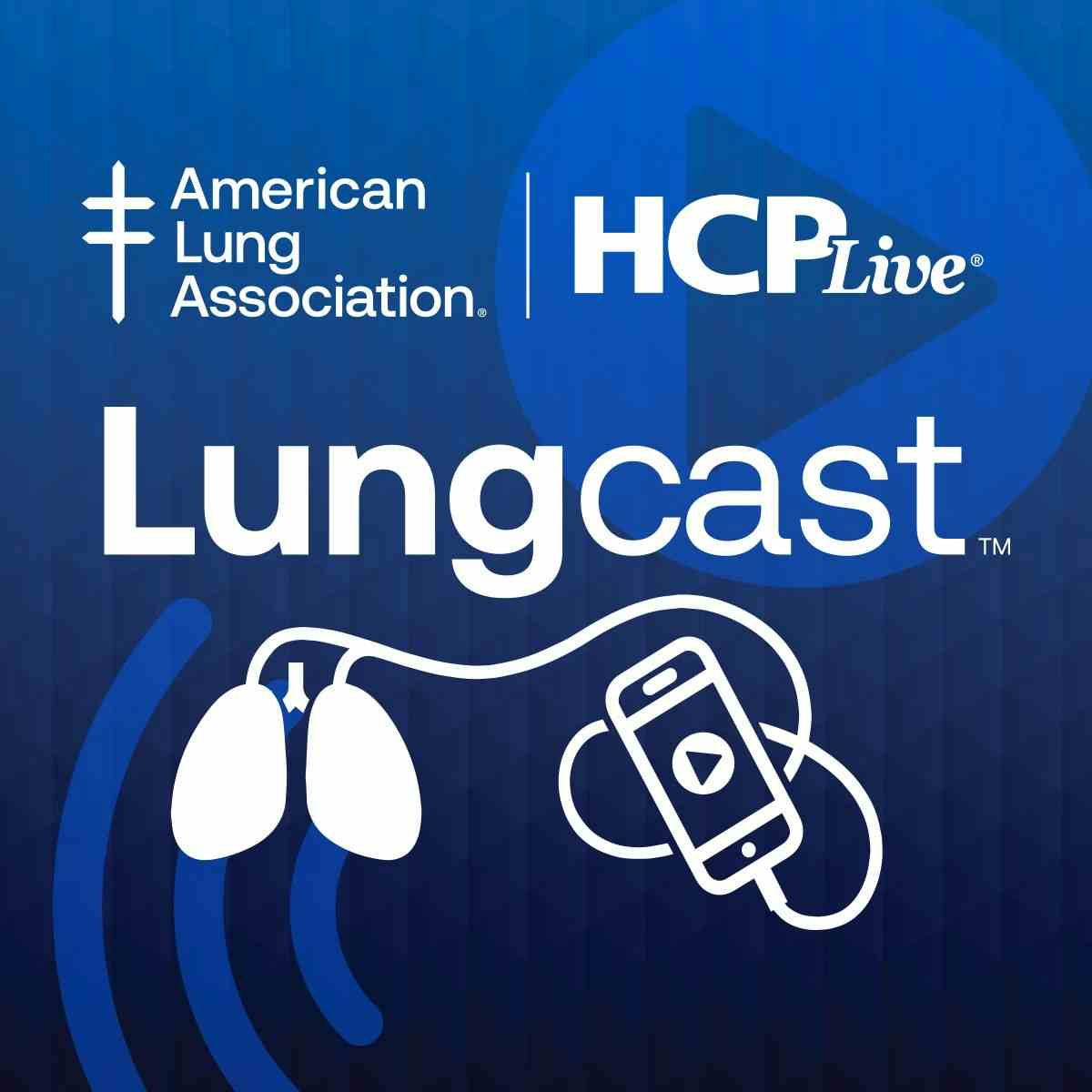Article
Jennifer Folkenroth: Tailoring Smoking Cessation Care
Author(s):
The most reliable practice for helping a patient quit is comprehensive, and catered to their medical, physical, and financial goals.

Jennifer Folkenroth
There is no magic cure for smoking cessation.
Though physicians are armed with 7 US Food and Drug Administration (FDA)-approved cessation therapies—along with proven practices in psychiatric and behavioral counseling—the variables of health insurance coverage, hard-to-detect symptoms, and patient-centric goals make smoking cessation care a challenging path to follow.
In an interview with MD Magazine®, Jennifer Folkenroth, a former tobacco cessation counselor and National Senior Director of Tobacco for the American Lung Association (ALA), detailed the burdens of smoking cessation care, along with the most proven practices.
MD Mag: What are health insurance costs and coverage for smoking cessation like? Are we doing a good job?
Folkenroth: We can do much better. The Affordable Care Act (ACA) expanded tobacco cessation coverage for Medicaid populations. But the true issue is patients and providers really need to check in with the individual Medicaid, MCO, private insurance plans to determine what specific treatments are included and to what extent these treatments are covered. Currently, the typical coverage includes tobacco cessation counseling for both symptomatic and asymptomatic patients, including either intermediate counseling (3-10 minutes) or intensive counseling (10-plus minutes). In addition to that counseling, it also provides coverage of the 7 US FDA-approved medications for cessation. Many plans will accommodate 2 cessation attempts within a 12 month period of time. With each of those attempts, including 4 counseling sessions, we’re up to 8 total per year.
I can definitely say the American Lung Association’s Freedom from Smoking program meets the ACA requirements, particularly as it relates to providing a reasonable alternative standard.
How does the current state of FDA-approved smoking cessation therapies look? Are there any in development to look forward to?
The medications currently have a distinct quit rate of 21-44%, when incorporated in addition to counseling, which of course increases an individual’s chance of success by 50%. I can say with certainty the 7 FDA-approved medications are proven effective in helping individuals quit. It really just comes down to figuring out which one is best for the particular patient that these doctors are working with. There is no one-size-fits-all, there is no one product being better than another. It all comes down to which of the products best suits the needs of the user.
How important is patient-tailored smoking cessation care?
Oh, it’s so very important. A comprehensive quit plan includes both counseling and medication, and US Centers for Disease Control and Prevention (CDC) research backed that it truly does provide the best success rate. But having a specific counseling program that works for the individual is more important than anything. The actual medication is vital, but it’s about having a counseling that includes both the behavioral and cognitive therapy—to help navigate through the system and addressing the addiction beyond just the physical addiction to nicotine, which is addressed through the pharmacotherapy. Having a counseling program in tandem with that pharmacotherapy is so very important in making sure all aspects associated with breaking free from addiction are addressed.
What process do physicians normally follow in addressing addiction in patients?
The CDC’s best practices for tobacco control includes the 5 A’s model: transitioning from asking every patient about their current and past tobacco use; advising them in a clear, non-judgmental matter that they should explore the benefits to quitting; helping them navigating the process of quitting—one of the quickest, easiest ways to do the 5 A’s is ask, advise, refer. It only takes less than 3 minutes to do, and you can ask about their tobacco use, advise them on the benefits associated with quitting, and then refer them into a counseling program to help them quit, in addition to writing that script for pharmacotherapy to be added in.
One thing I would highly recommend for doctors to do is focus on the benefits of quitting as it directly correlates to the patient. We were taking about symptomatic and asymptomatic patients. We have found out in the field that when you directly relate the tobacco to an illness they are currently experiencing, or a medication that’s not effectively working, or a chronic illness or comorbidity, and advising the patient on the connection between the tobacco use and that disease, it kind of hits home and really clicks with the patient.
And not to just address the health benefits—as a physician, your first go-to is to talk about the health benefits of quitting, but many patients also respond really well to other motivators associated with quitting: the financial and social benefits, in addition to the physical benefit.
























